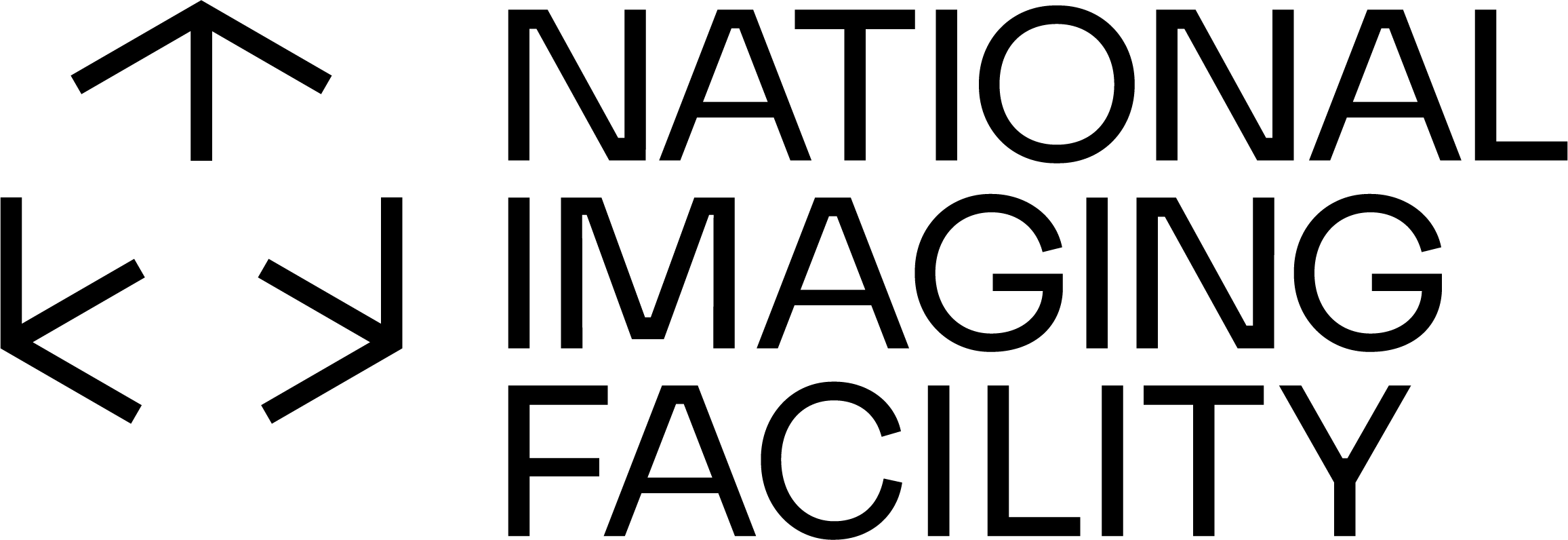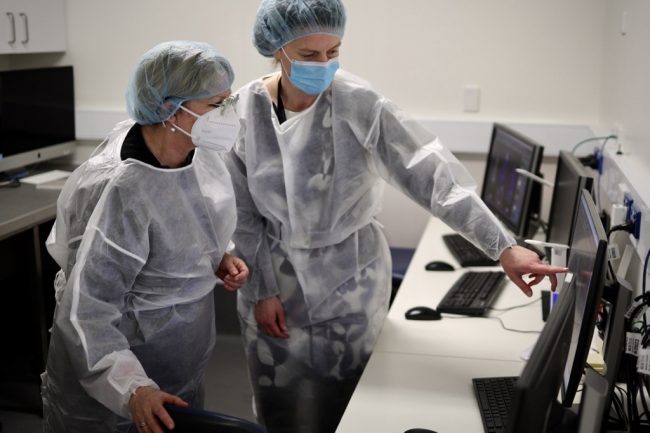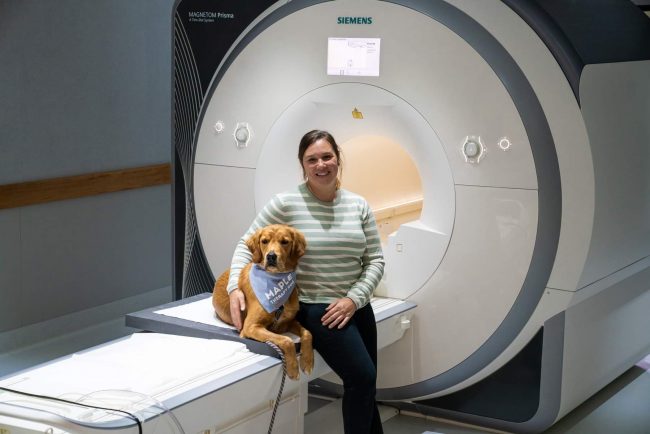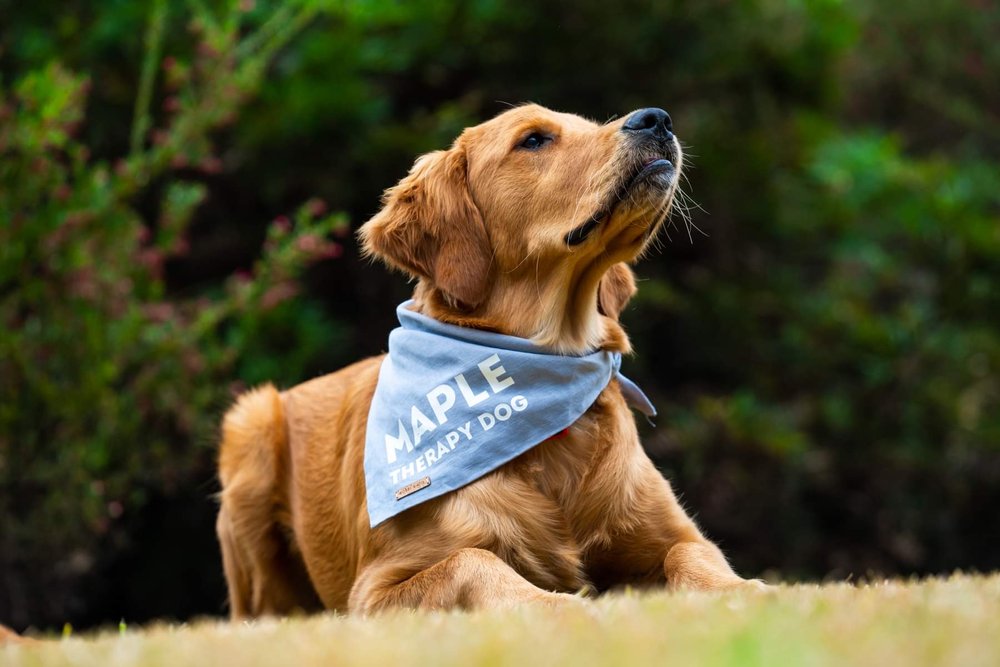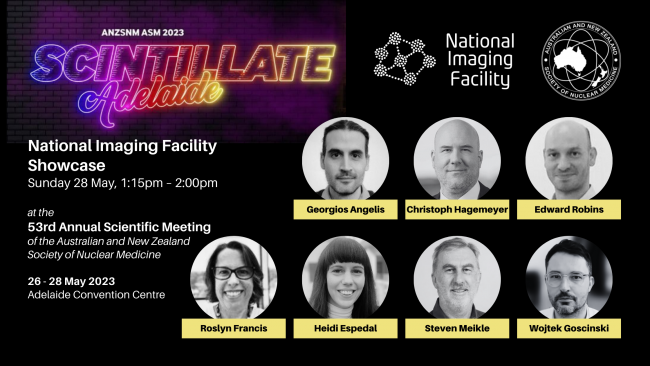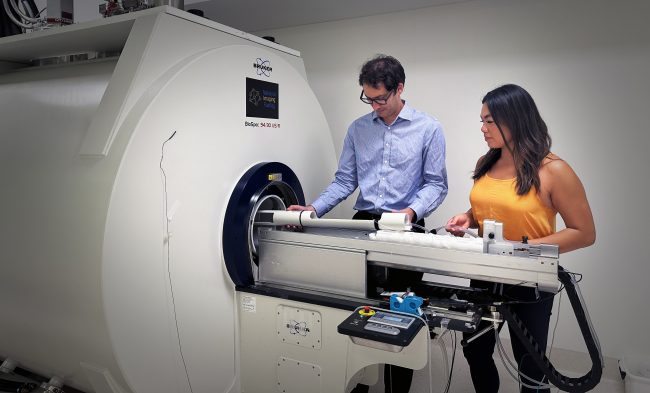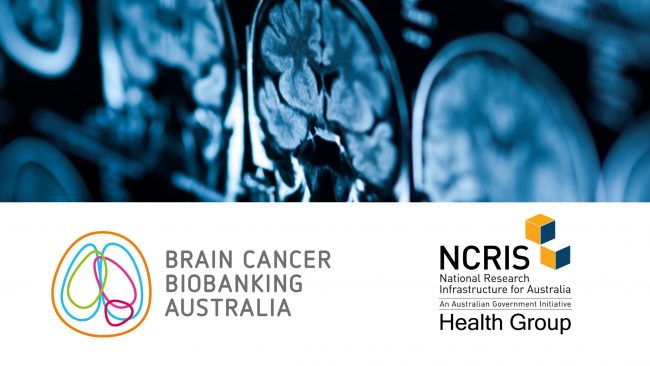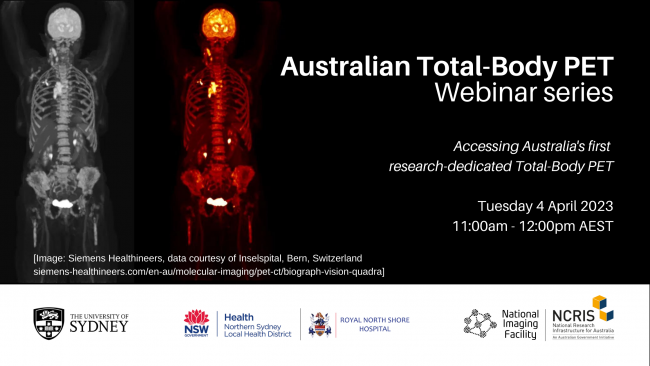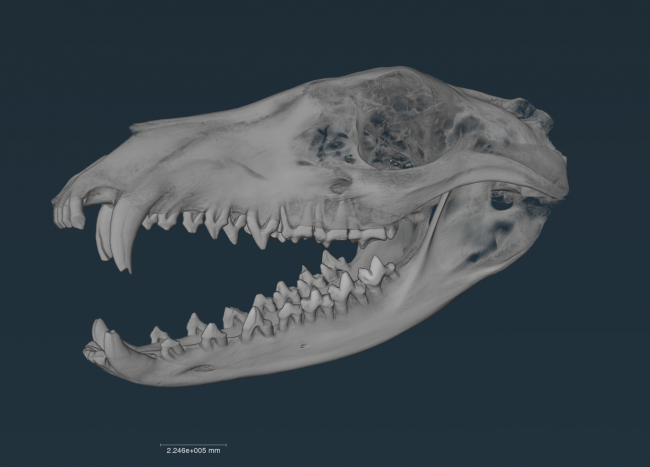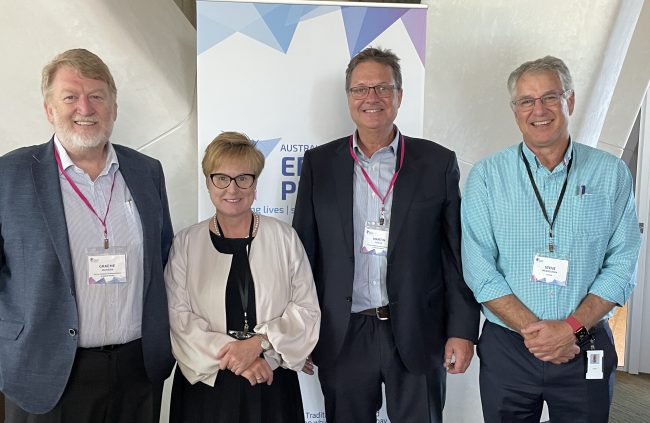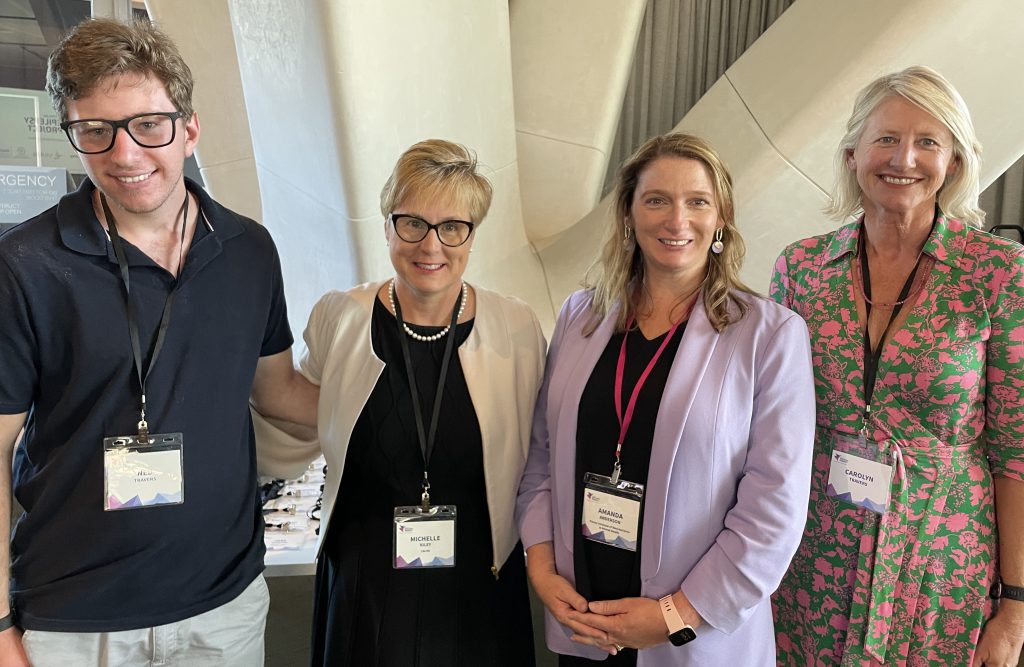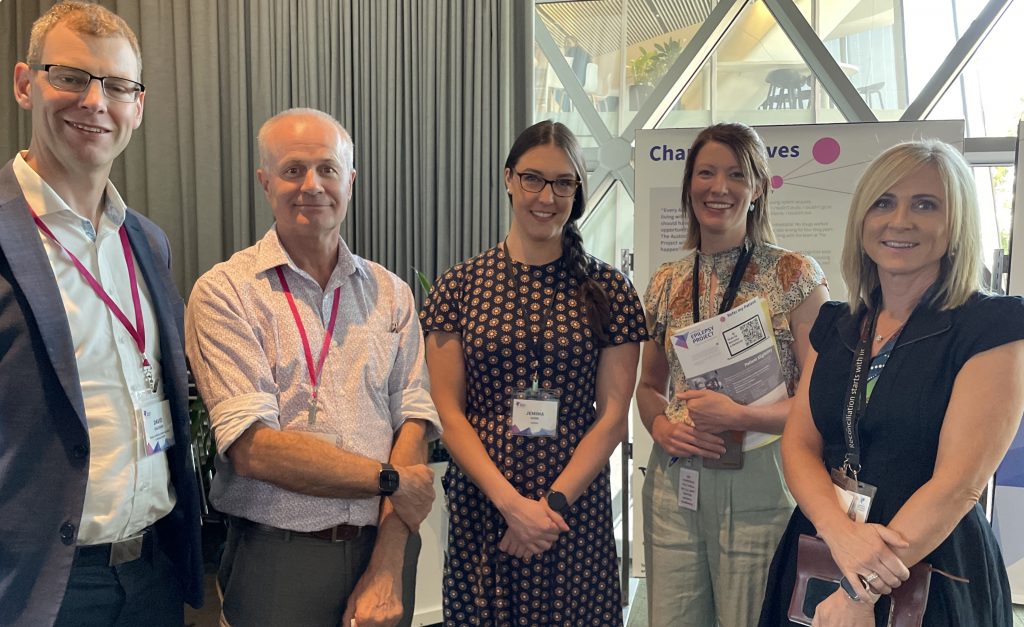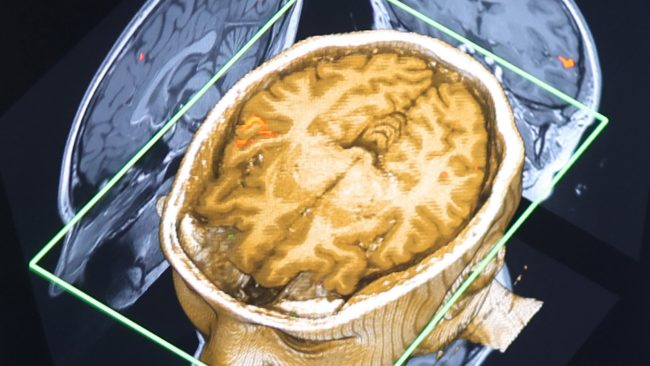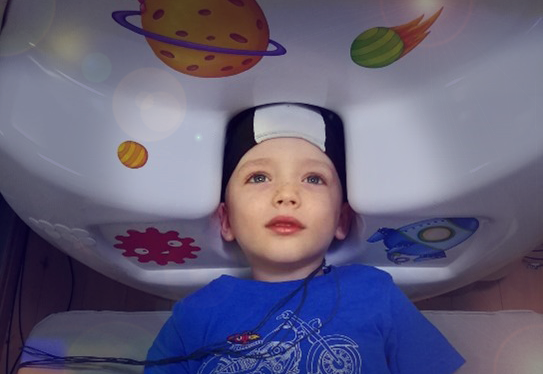Victorian collaboration raises over $50m investment in critical imaging capabilities
[Image: La Trobe University – Olivia Newton-John Cancer Research Institute NIF Fellow, Dr Ingrid Burvenich with Minister Tierney]
The Victorian Government has invested $14.83m in National Imaging Facility’s (NIF) research infrastructure in Victoria, in partnership with the Victorian Biomedical Imaging Capability (VBIC), equating to a boost of just over $50m through collaborative co-investment.
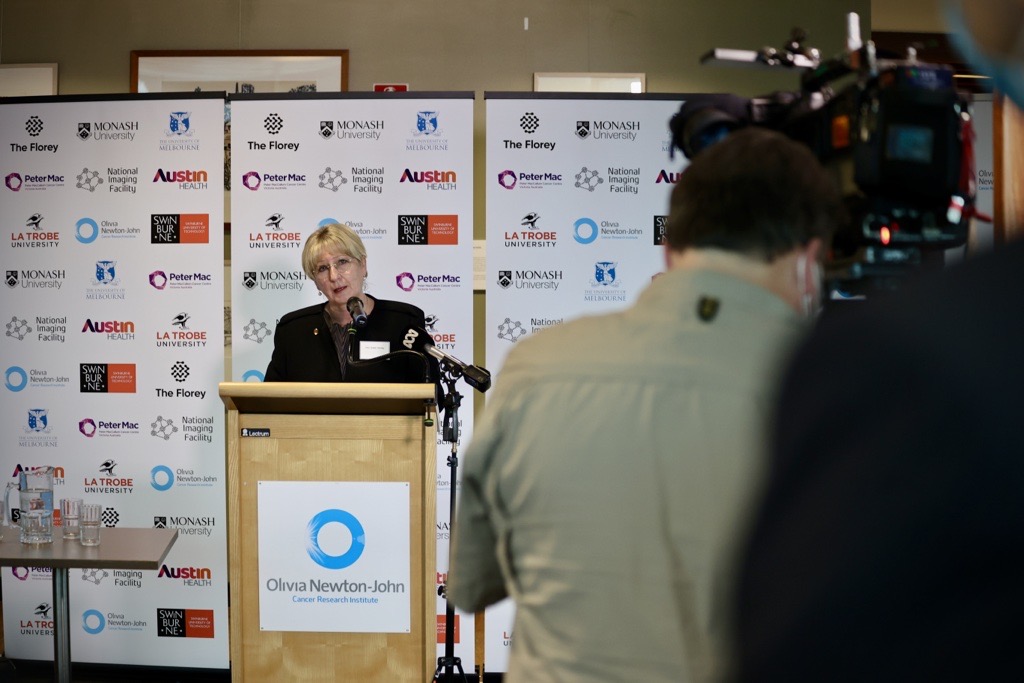
[Image: Victorian Minister for Higher Education, the Hon Gayle Tierney MP]
Victorian Minister for Higher Education, the Hon Gayle Tierney MP visited the Olivia Newton-John Cancer Research Institute on Tuesday, to highlight the impact of the collaboration and the State Government’s investment of through the Victorian Higher Education State Investment Fund (VHESIF) initiative.
“Collaborative projects such as this demonstrate how our government is supporting higher education and industry to become international leaders in their field,” Minister Tierney said.

[Image: Victorian Minister for Higher Education, the Hon Gayle Tierney MP toured the facilities at the Olivia Newton-John Cancer Research Institute and the Austin hospital]
The funding is supporting the upgrade and expansion of imaging capabilities across NIF’s research facilities in Victoria, including The Florey, La Trobe University and the Olivia Newton-John Cancer Research Institute, Monash University, Swinburne University of Technology, and University of Melbourne in partnership with Peter MacCallum Cancer Centre and the Austin Hospital.
Critical medical research in areas of national priority such as dementia cancer and epilepsy, as well as agriculture research will be enabled by the co-investment, which includes $26.7m from NIF through the Australian Government’s National Collaborative Research Infrastructure Strategy (NCRIS) funding scheme.
Infrastructure funded under the collaboration includes human magnetic resonance imaging (MRI) capabilities at Swinburne University of Technology and The Florey, where state-of-the-art high-intensity focused ultrasound will support the development of new treatments for essential tremor and tremor-dominant Parkinson’s disease.
In addition to this, the University of Melbourne upgraded their ultra-high-field 7T MRI (one of only two in Australia), and acquired a new human PET-CT.
Preclinical capabilities including PET/MRI and PET/CT to support important drug discovery and testing have been installed at the Olivia Newton-John Cancer Research Institute/La Trobe University and Monash University.
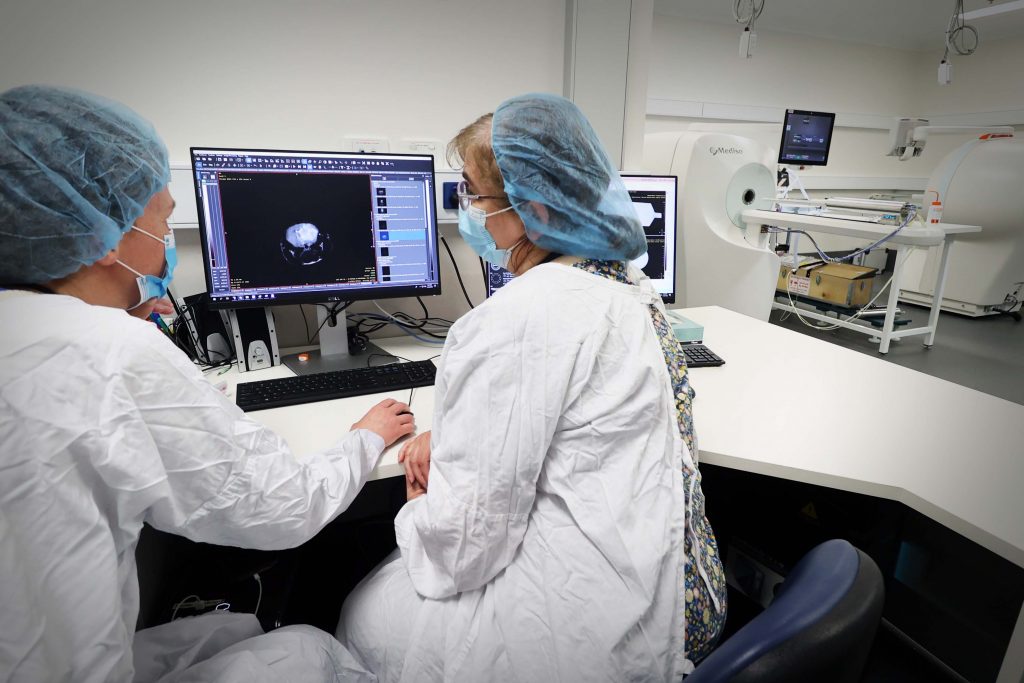
[Image: NIF preclinical capabilities at the Olivia Newton-John Cancer Research Institute]
A new research cyclotron at Monash (the Australian Precision Radiopharmaceutical Facility APRF) will enable the production of radioisotopes under GMP standards, and enhance Australia’s sovereign capability to produce therapeutics and diagnostics. Complementary to this, radiochemistry hotcell infrastructure upgrades at Monash, the Austin Hospital, and Peter MacCallum Cancer Centre will support the design and development of novel cancer treatments.
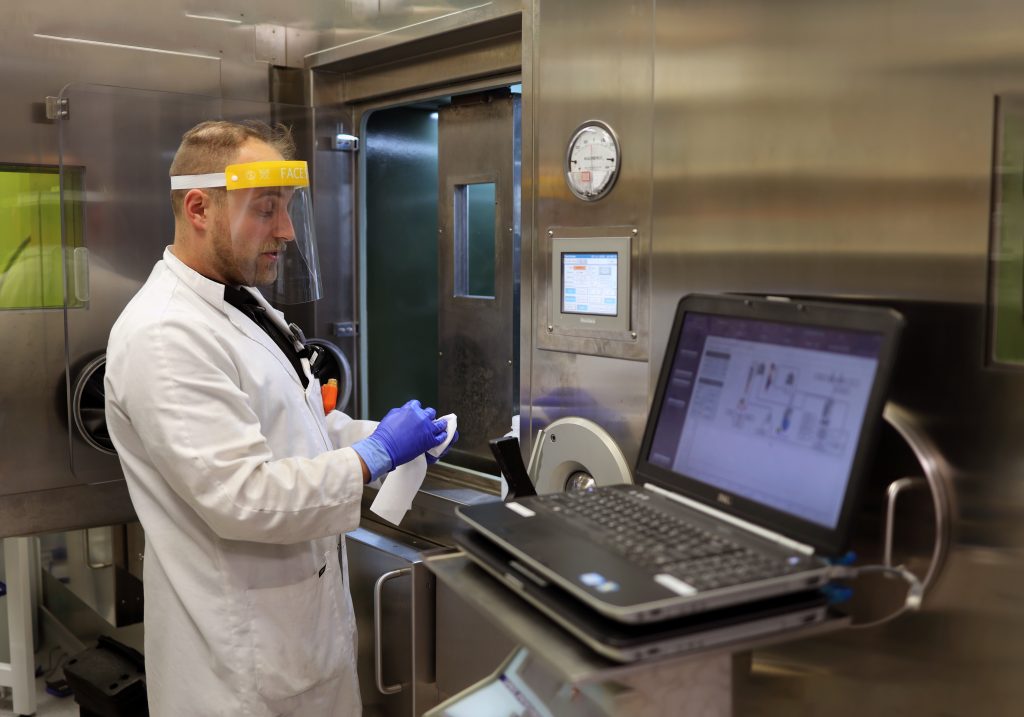
[NIF radiochemistry capabilities at the Austin hospital/Olivia Newton-John Cancer Research Institute]
The funding also enables upgrades to the magnetoencephalography (MEG) at Swinburne, one of only two systems in Australia, supporting the study of brain function.
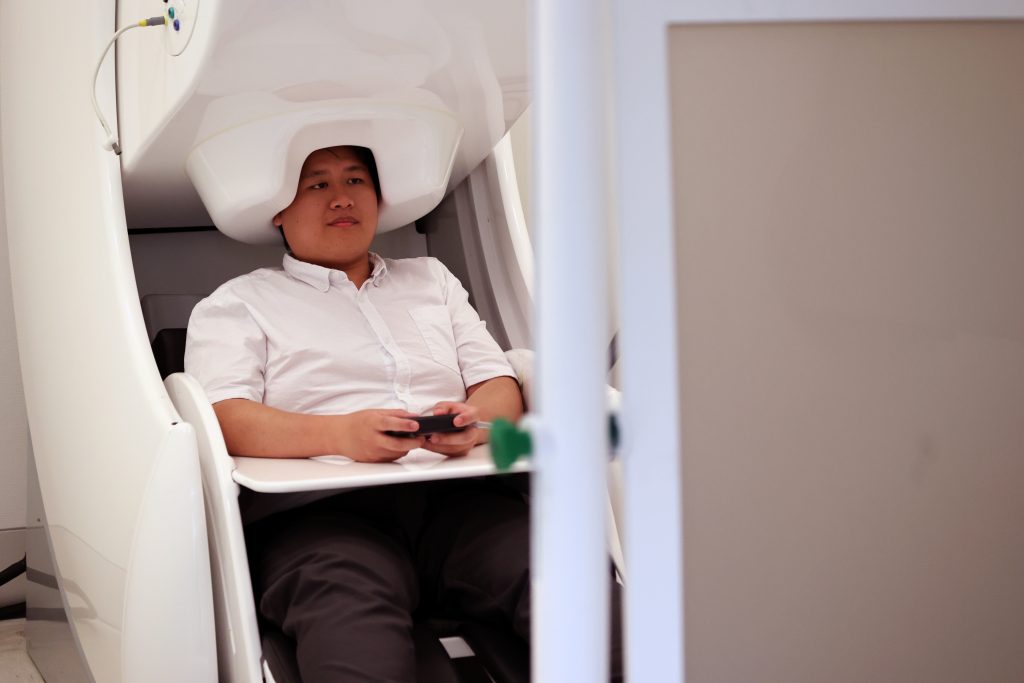
[Image: NIF MEG at Swinburne University of Technology]
Development of specialised plant imaging capabilities at the University of Melbourne will underpin research into the effect of climate change on crops and soil, and strategies and applications for agricultural improvements to support Australia’s standing as a world leader in food and beverage production.
NIF Chief Executive Officer, Prof Wojtek Goscinski said the co-contributed investment underpins transformational initiatives in a number of national priority areas including precision medicine, molecular imaging, drug discovery, diagnostics and plant soil imaging.
“It’s a privilege for NIF to partner with the Victorian Government and VBIC to support Australia’s strategic science and research priorities” Prof Goscinski said.
“These capabilities will support Australia as a world-leader in applying advanced imaging technology, resulting in better healthcare, better products, and important discoveries.”

